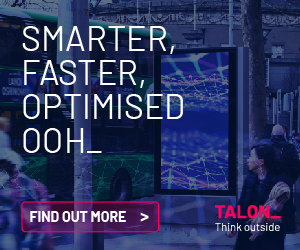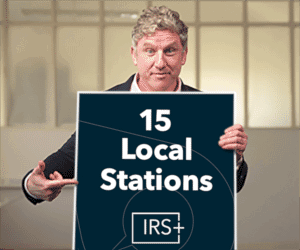
 It has already overtaken Twitter in terms of the number of users making it a useful channel for brands but how they do it is a different matter, writes John Ring.
It has already overtaken Twitter in terms of the number of users making it a useful channel for brands but how they do it is a different matter, writes John Ring.
Much is made of the idea that millennials are a difficult bunch to target. A growing number of them choose to live at home with their parents, and have significant disposable income.
They don’t like push marketing, prefer monologue to dialogue, and are increasingly ignoring platforms such as Facebook. So, what’s a marketing manager to do? Snapchat has overtaken Twitter in daily average users, and is sustaining interest where others have failed. What started out as a one-to-one messaging app is now used by 60% of US smartphone users aged 13 to 24, with similarly high usage this side of the Atlantic.
US marketer, Nick Cicero, likened Snapchat to a burrito. “You can take it wherever you want, put anything in it, it’s easily consumed and it disappears when you’re done.” But is it the solution to the great millennial switch-off?
The chat around Snapchat
It’s hard to believe the Stanford student-engineered app was first launched five years ago because for many, it’s only really making a splash now. Even up until 2013 its main use was in sending temporary image-based messages between friends. It wasn’t until user feeds were introduced that users and brands began to explore the storytelling potential of the app with partner publishers coming on board with Our Stories in June 2014, followed by Discover.
Aer Lingus was one of the first Irish companies to migrate to Snapchat, using it as a promotional channel. It shares live content from inaugural flights, takes followers into cockpits, and creates stories with clear narratives.
Other Irish company snappers include Tayto (mrtaytosnaps), Electric Ireland (electricireland) and Penneys (primarksnap). While such brands have been successfully using Snapchat to tell stories, create a buzz and win new fans all by themselves, a recent announcement has confirmed a slew of new advertising features launched with tech-savvy partners who, for the first time, will act as third-party sellers.
Snapchat will need to be careful with this development to ensure ads don’t become annoying and provoke switch-off. Snapchat’s Peter Sellis says: “By doing this the right way, focused on creativity and doing it early, it allows us to be extraordinarily conservative.” “If you see 50 ads in a day, the probability of you remembering them is low,” he adds.
Users may also be able to skip ads. The new ad features are likely to be introduced slowly, the brands handpicked and creative assets closely monitored before becoming widely available, much like the introduction of ads on Instagram. But there’s no need to wait if you want to get your brand’s Snapchat ball rolling.
Your Snapchat story
While you’re no longer restricted to telling a 10-second story that’s going to disappear into the ether, as a micro-content platform a certain etiquette prevails if you want to keep your content engaging. Being a success on Snapchat is not simply a matter of repurposing content that’s been popular elsewhere into a shorter format. After all, this is a different audience with a distinct appetite and a short attention span. Millennials like disposable content and are drawn to Snapchat’s ephemeral appeal.
Research suggests this group also appreciates a raw, authentic brand experience. Snapchat gives you the opportunity to showcase the people behind your brand, to display authenticity and to build brand awareness. Stories that can be told in short bursts will work if they tie into these underlying values.
Content might include video snippets about new products or services, behind-the-scene peeks into the boardroom, brainstorming session or events such as a fashion show or company shindig.
As with other platforms such as YouTube, working with appropriate influencers in your field could help you to come up with creative content ideas that are tuned into your target audience and help you stand out.
Whether it’s funny geo-filters or in-app stickers, Snapchat users have shown that they’re happy to interact with creative brands and there’s even potential to get exposure for your content on other platforms as well. McDonalds was one of the first brands to use sponsored location-specific filters that add a themed overlay. This was tested by Cadbury’s Crème Egg which notched up 1.6 million engagements in Ireland and 11 million in Britain.
As well as targeting people on mobile, successful campaigns have the potential to woo fans and followers from elsewhere. This year the Coachella Festival (California) ‘flower crown’ filter in particular has enjoyed huge exposure with Snapchatters sharing selfies across a variety of platforms. You can also promote content on other social platforms, using your snapcode to encourage people to connect with you and the campaign.
A quarter of Irish people are now on Snapchat with 65% of these using the platform daily. Given our love of storytelling, and ambivalence towards documentary evidence, this app is tailor-made for the Irish psyche. Expect its popularity to keep growing.
John Ring is managing director of digital agency TinderPoint
First published in Irish Marketing Journal (June 2016)© to order back issues please call 016611660




















